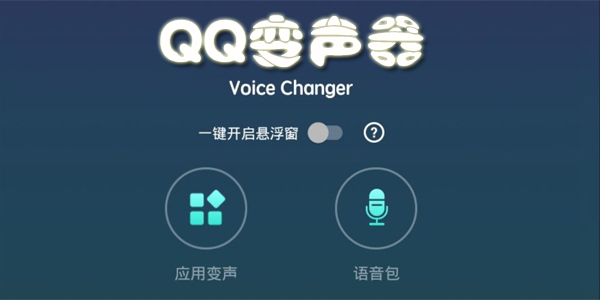IT业重要的产业和技术标准发展历史
2022-10-26 19:27作者:佚名来源:本站整理浏览:1926
| 1969 | Introduction of RS-232 (serial interface) standard by EIA (Electronic Industries Association). |
| 1982 | MIDI, Musical Instrument Digital Interface, (pronounced "middy") published by International MIDI Association (IMA). The MIDI standard allows computers to be connected to instruments like keyboards. |
| 1982 | Red Book on Audio CDs was introduced by Sony and Phillips. This was the beginning of the Compact Disk, it was released in Japan and then in Europe and America a year later. |
| 1984 - End | Compaq started the development of the IDE interface (see also 1989). IDE = Intelligent Drive Electronics. This standard was designed specially for the IBM PC and can achieve high data transfer rates through a 1:1 interleave factor and caching by the actual disk controller - the bottleneck is often the old AT bus and the drive may read data far quicker than the bus can accept it, so the cache is used as a buffer. Theoretically 1MB/s is possible but 700KB/s is perhaps more typical of such drives. This standard has been adopted by many other models of computer, such the Acorn Archimedes A4000 and above. A later improvement was EIDE, laid down in 1989, which also removed the maximum drive size of 528MB and increased data transfer rates. |
| 1985 - January | Postscript introduced by Adobe Systems, used in the Apple Laserwriter printer. Adopted by IBM for their use in March 1987. |
| 1985 - End | LIM EMS (memory standard) introduced by Lotus, Intel and Microsoft. The first version introduced was version 3.2! |
| 1987 - End | LIM EMS v4.0 |
| 1988 | XMS (memory standard) introduced. |
| 1988 | EISA Bus standard introduced. |
| 1989 - April 1 | Command set for E-IDE drives was defined by CAM (formed Oct. 1988). This supports drives over 528MB in size. Early controllers often imposed a limit of 2.1GB, then later ones 8.4GB. Newer controllers support much higher capacities. Drives greater in size than 2.1GB must be partitioned under DOS since the drive structure (laid down in MS-DOS 4) used by DOS and even Windows ’95 prevents partitions bigger than 2.1GB. EIDE controllers also support the ATAPI interface that is used by most CD-ROM drives produced after it’s introduction. Newer implementations to EIDE, designed for the PCI bus, can achieve data transfer at up to 16.67 MB/s. A later enhancement, called UDMA, allows transfer rates of up to 33.3 MB/s. |
| 1990 | Consortium of major SVGA card manufactures (called Video Electronic Standard Association, VESA) was formed and then introduced VESA SVGA Standard. |
| 1990 - November | MPC (Multimedia PC) Level 1 specification published by a council of companies including Microsoft and Creative Labs. This specified the minimum standards for a Multimedia IBM PC. The MPC level 1 specification originally required a 80286/12 MHz PC, but this was later increased to a 80386SX/16 MHz computer as an 80286 was realised to be inadequate. It also required a CD-ROM drive capable of 150 KB/sec (single speed) and also of Audio CD output. Companies can, after paying a fee, use the MPC logo on their products. |
| 1990 - November | ATA spec. final proposal submitted to ANSI. |
| 1991 | Introduction of ISA standard, although it was simply called the AT bus until after competing standards were launched that needed differentiating. Although the the AT bus had been used for many years it hadn’t been properly standardised, causing all sorts of problems as newer PCs clocked the bus at ever faster speeds. |
| 1993 - May | MPC Level 2 specification introduced (see November 1990). This was designed to allow playback of a 15 fps video in a window 320x240 pixels. The key difference is the requirement of a CD-ROM drive capable of 300KB/sec (double speed). Also with Level 2 is the requirement for products to be tested by the MPC council, making MPC Level 2 compatibility a stamp of certification. |
Stephen White
Tags:
责任编辑:小黑游戏
 轻甜交友
轻甜交友 漂流瓶瓶
漂流瓶瓶 小附近交友app
小附近交友app 猿粪吶
猿粪吶 ehviewer新版白色
ehviewer新版白色 熊猫看书
熊猫看书 掌阅
掌阅









